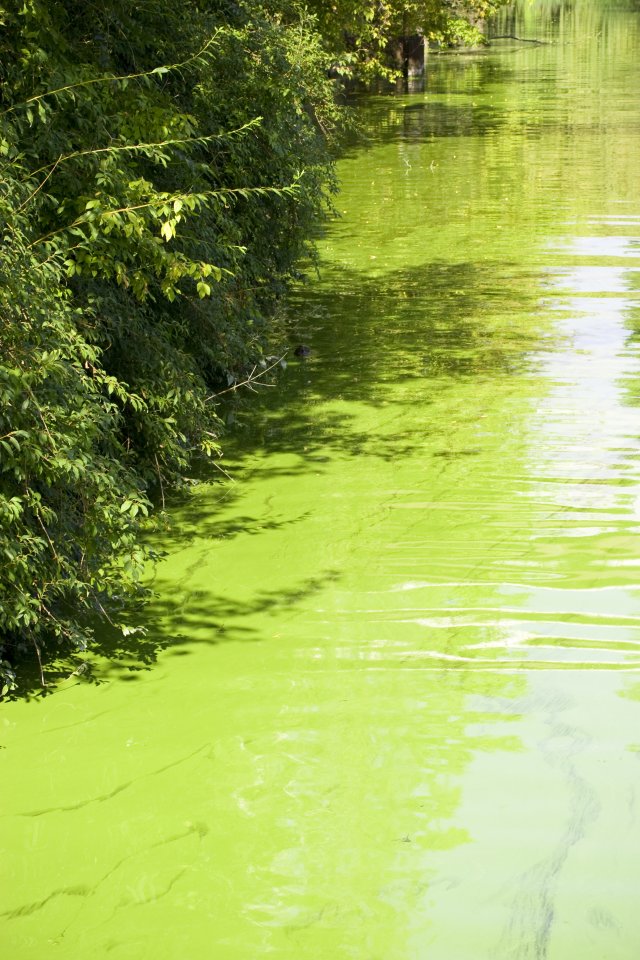Climate Adaptation and Harmful Algal Blooms

EPA supports local, state and tribal efforts to maintain water quality. A key element of its efforts is to reduce excess nutrient pollution and the resulting adverse impacts, including harmful algal blooms. Harmful algal blooms of red tides, blue-green algae, or cyanobacteria can result in severe impacts on water quality, human health, aquatic ecosystems, and the economy.
Climate change will lead to higher air temperatures which can have a corresponding effect on raising water temperatures. Higher water temperatures combined with increased stormwater runoff of nutrients can result in conditions favorable for algal blooms. Consequently, with a changing climate, harmful algal blooms can occur more often, in more fresh or marine waterbodies, and can be more intense.
An increase in harmful algal blooms (HABs) can affect the quality of source water and increase the need for drinking water treatment. Harmful algal blooms may pose a threat to public health through diminishing source water quality or through affecting individuals with respiratory conditions.
Harmful algal blooms sometimes create toxins that can kill fish and other animals. Even if algal blooms are not toxic, they can hurt aquatic life by blocking out sunlight and clogging fish gills. Harmful algal blooms can also create “dead zones,” areas in water with little or no oxygen where aquatic life cannot survive. Accordingly, an increase in harmful algal bloom occurrences can adversely affect the effectiveness of ecosystem protection efforts.
